The Glamorous Pearl Earring King Charles I Wore to His Execution
Since childhood, he refused to part with it.
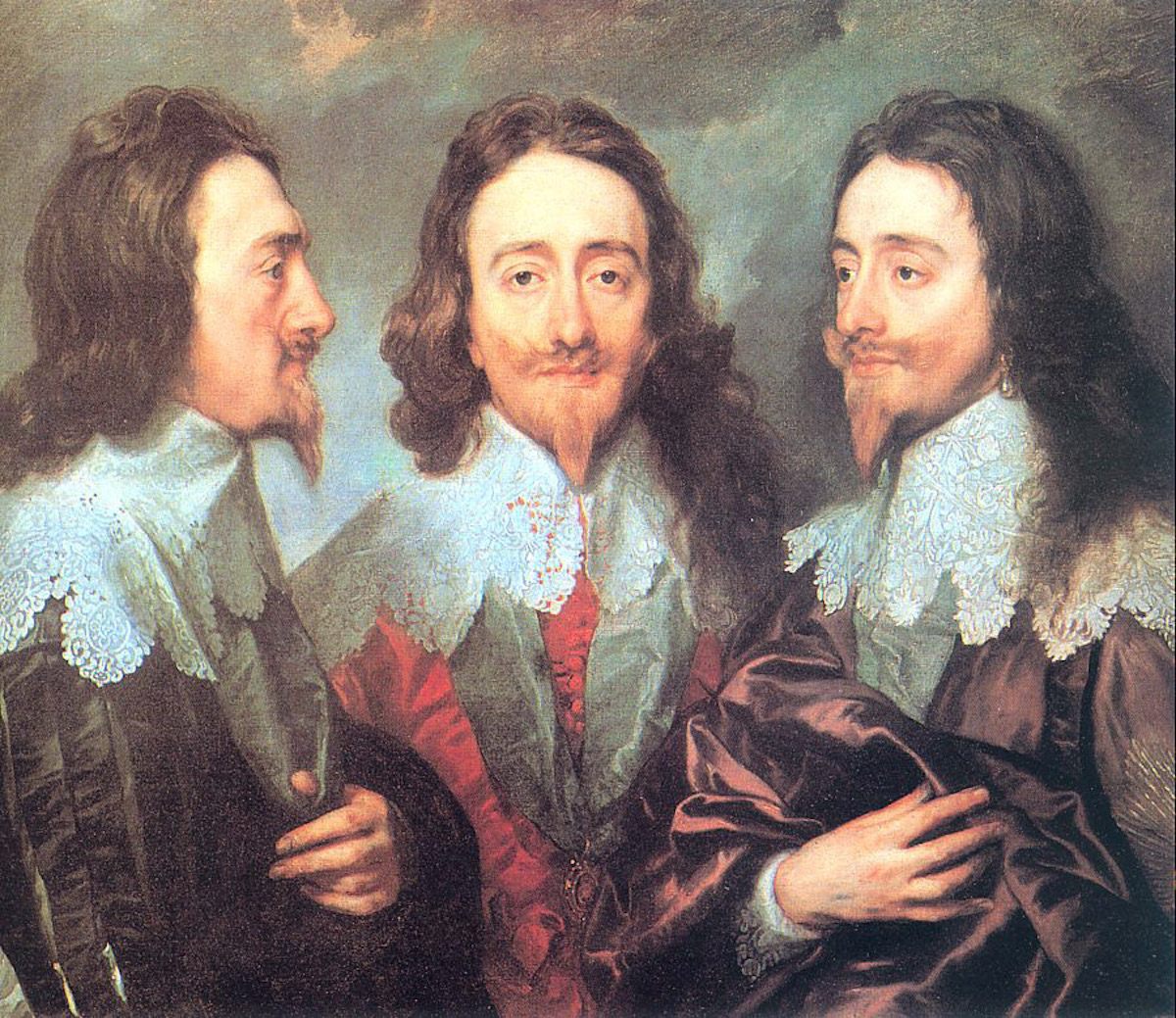
Charles I, the 17th-century monarch most famous for dismissing the English Parliament and ushering in the reign of Oliver Cromwell, was a fashionable man. He sported elaborate, French-style clothing: breeches, slashed doublets, lace collars, long boots. He could often be found with a “sky-blue ribbon” around his waist and a gold-enameled pendant bearing 42 diamonds. But Charles’ most enduring fashion legacy is the giant pearl earring he donned from early life until death.
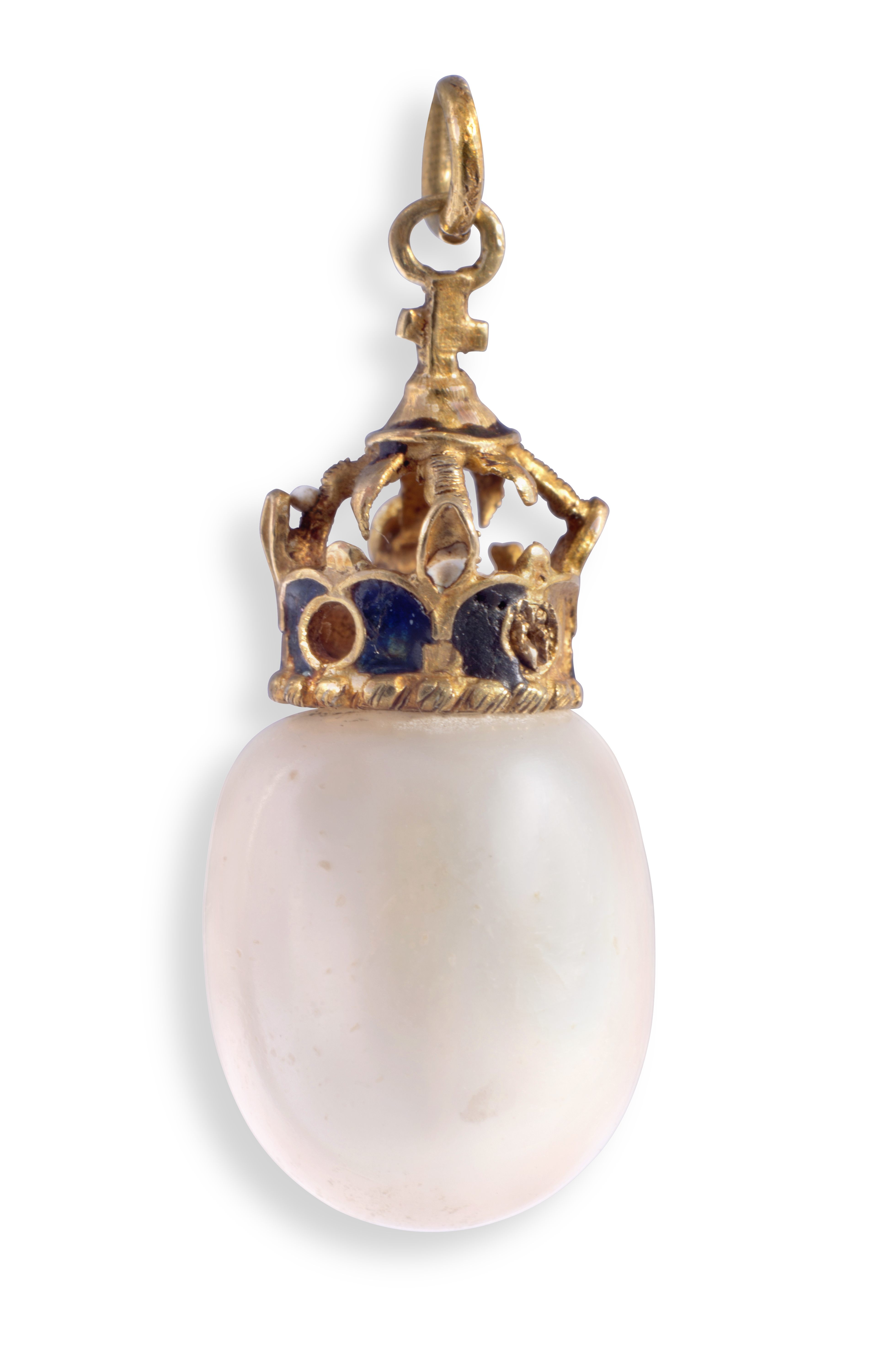
In the 16th and 17th centuries, earrings were somewhat in vogue among select wealthy English men, a trend borrowed from France. Goldsmith Louis Roupert wore an earring in one ear—as did Earl of Somerset Robert Carr and Duke of Buckingham George Villiers, who was also a friend of Charles I. Sir Walter Raleigh, meanwhile, had pearl earrings in both ears. In 1577, the British history compendium Holinshed’s Chronicles described “some lusty courtiers also and gentlemen of courage… [who] wear either rings of gold, stones, or pearls, in their ears, whereby they imagine the workmanship of God to be no little amended.”
But those few men who wore earrings certainly did not represent the majority. The prominence of earrings in England—a style that was revived in the 16th century after a nearly 600-year hiatus—was predominantly driven by women. In fact, some report that King James I, the predecessor of Charles I, abhorred the sight of men in earrings.
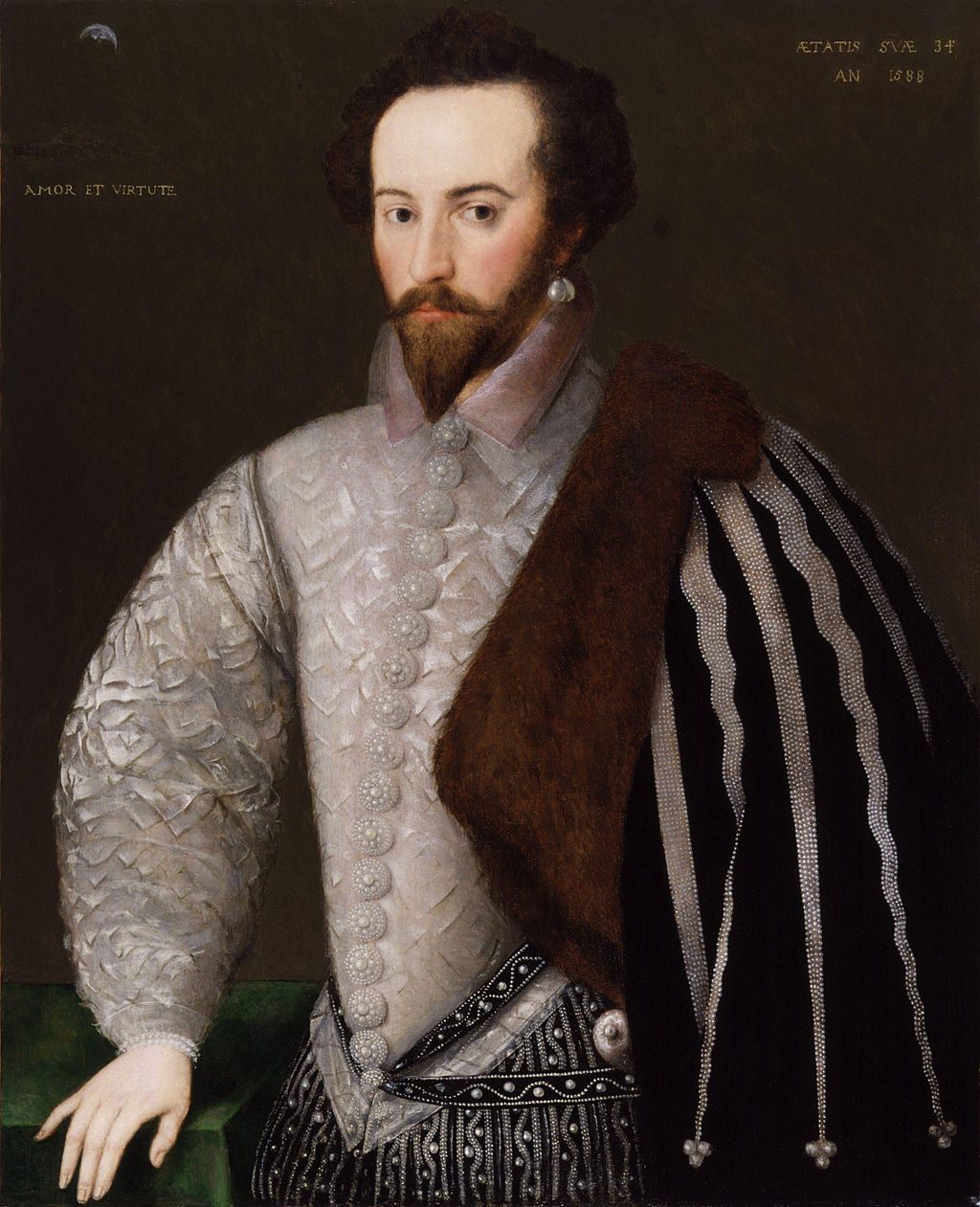
Still, Charles’ earring was nothing to sneeze at: in an era during which pearls were extremely valuable, his was an astonishing five-eights of an inch long and a rare pear shape. On it rested a gold crown, plus an orb and a cross.
Charles, debuted his earring at the age of 15. In the decades following, it appeared in nearly every portrait of him—always just the one earring, and always worn in his left ear.

The showy and sizable jewel contrasted with his shy personality, but Charles refused to part with it. The earring became such a staple of his fashion that he wore it to his execution in 1649, after Oliver Cromwell put him on trial for treason. Though some claim that the jewel inspired a mob—“as soon as his head had fallen, the witnesses of the dreadful scene rushed forward, ready to imbue their hands in his blood in order to secure the royal jewel”—this was almost certainly not the case. The earring remained intact until his body was prepared for burial, when it was removed and sent to his daughter Mary.
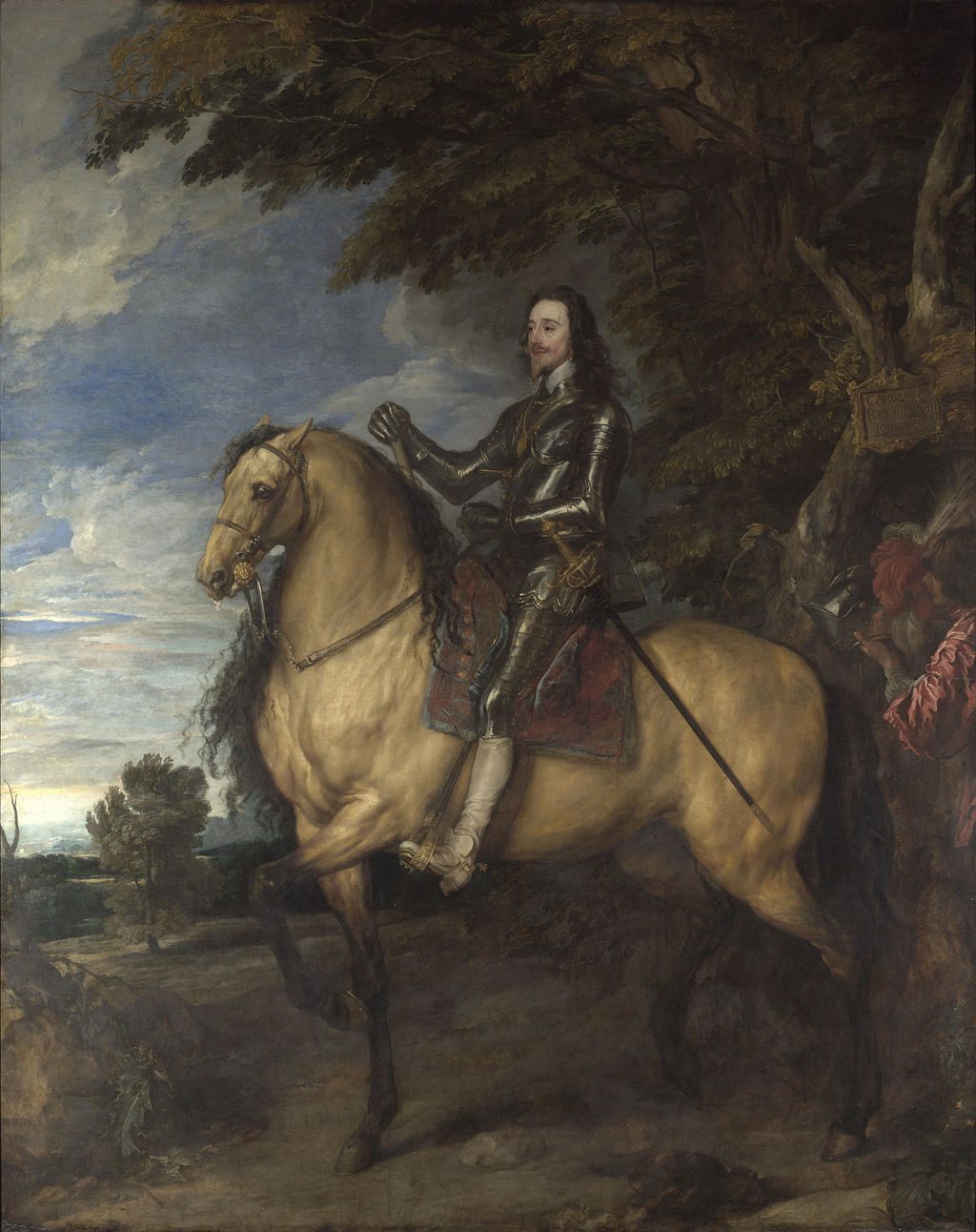
From there, the earring reached Duke of Newcastle-upon-Tyne William Cavendish. It remains in his collection today, now under the ownership of the Dukes of Portland.
Not long after Charles’ death, male earrings seem to have fallen out of fashion. By the 1660s, they had disappeared. But they had somewhat of an afterlife: for a short period after that disappearance, “the exquisites of the Court wore two or three strings of black silk in the left ear, hanging down to the shoulder.”



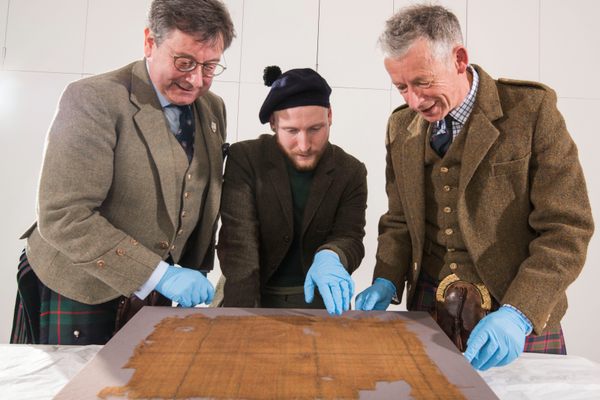
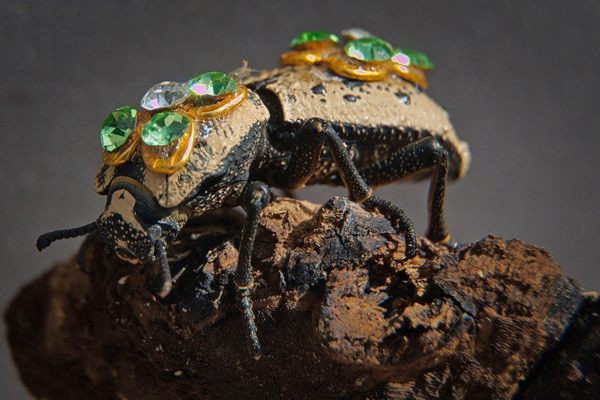












Follow us on Twitter to get the latest on the world's hidden wonders.
Like us on Facebook to get the latest on the world's hidden wonders.
Follow us on Twitter Like us on Facebook